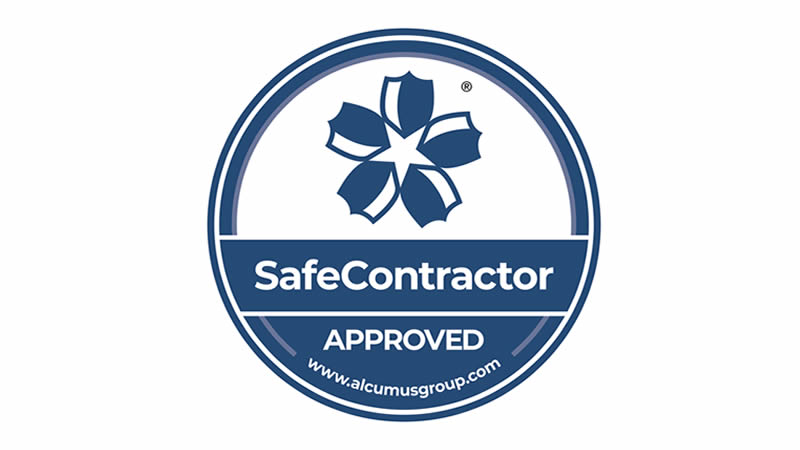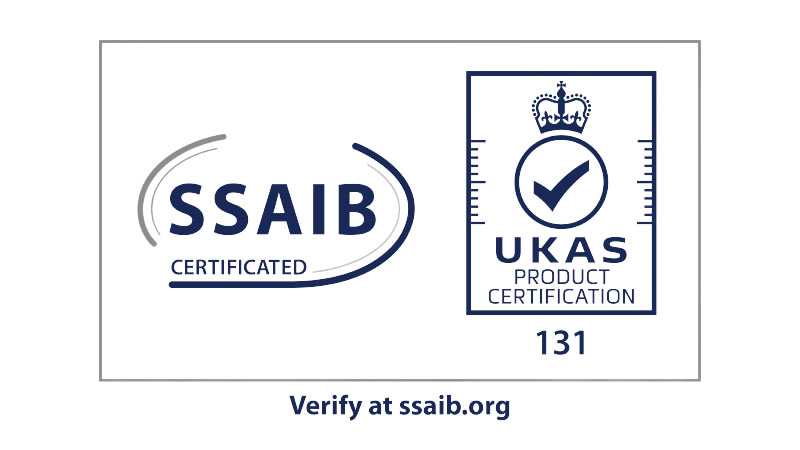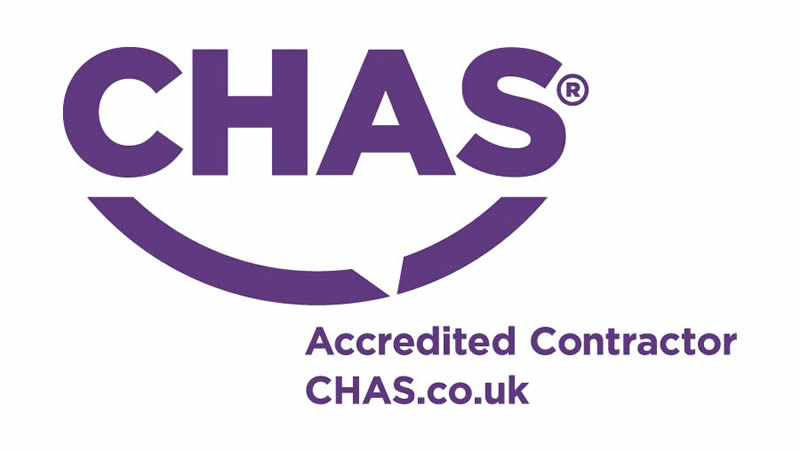FIRE SAFETY EQUIPMENT
Essential Fire Safety Equipment to Keep Your Premises Safe
EQUIPMENT TO ASSIST IN THE EVENT OF A FIRE
In the event of a small fire in your premises, the ability to react quickly is vital.
The Regulatory Reform (Fire Safety) Order 2005 places legally enforceable requirements on the “responsible person” and organisations for the safety of the relevant persons within the premises. In the event of a fire the “responsible person” must ensure that the premises and any facilities, equipment and devices provided in respect of the premise are subject to a system of maintenance and are maintained in efficient working order and good repair.
SS Systems can guide you through your responsibilities to comply with these regulations, contact are team to arrange a free survey.
Water Mist Fire Extinguishers
Water Mist Fire Extinguishers use innovative technology to create a powerful jet of water mist that both cools and suffocates the fire. The ultra fine mist not only lowers the risk of re-ignition because of its cooling effect, but it binds with smoke molecules and reduces the damage created by smoke to the surrounding areas.
Water Mist Fire Extinguishers are suitable for tackling general fires and deep fat fires with just one type of extinguisher. You can even extinguish electrical fires up to 35,000V safely.
Water Mist Fire extinguishers are non-toxic and don’t use harmful chemicals. So you won’t just quickly prevent a fire spreading and causing more damage, but you’ll lower the cost of the clean up compared to typical water, foam, chemical and powder extinguishers.
- Faster to suppress a fire than conventional extinguishers
- Suitable for class A, B, C, F and Electrical fires
- Available in 1, 3 and 6 litre canisters
- Easily portable hand-held extinguishers
- Less need for several types of extinguisher
- Less clean-up or residue than conventional extinguishers
- Non-toxic
We also supply, dry powder, chemical, wet chemical, CO2, foam, and water fire extinguishers to give you full protection.
Our technical support staff will provide free advice on the types of fire extinguishers that are available and will also carry out free of charge survey to ensure that your business is compliant with current legislative requirements.
Fire Extinguisher Maintenance
British Standard 5306 Part 3 2017 recommends the annual inspection and service of fire extinguishers by a competent person. A competent person is defined as anyone appointed by the responsible person and someone who is qualified through training and experience to undertake the service and maintenance.
In addition to the annual service it is recommended that the “responsible person” carries out a visual inspection of all extinguishers and fire safety equipment on a regular basis to determine if the extinguisher has been discharged or damaged. This inspection is recommended at monthly intervals.
Fire Extinguisher maintenance visit includes
- Check Fire Risk Assessment
- Check Fire Log Book records and register visit
- Inspect units for damage and or corrosion
- Check pressure gauge readings are within manufacturers guidelines
- Complete maintenance log on each extinguisher
- Check extinguishers are positioned correctly for surrounding potential hazards
- Check the signage is correct for each extinguisher
- Check that there is adequate portable extinguisher cover throughout the premises

Emergency Lighting Maintenance
Emergency lighting is an integral part of a fire safety system. In the event of the mains power lighting failing or a power cut, emercency lighting can saves lives by aiding in the safe evacuation of people within the building.
Emergency Lighting forms part of the fire safety systems within your premises and therefore is subject to the Regulatory Reform (Fire Safety) Order 2005 and must be maintained.
SS Systems offers a range of maintenance solutions to suit your requirments in accordance with the recommendations of British Standard 5266 Part 8 2004.
Emergency Lighting Maintenance
Emergency lighting is an integral part of a fire safety system. In the event of the mains power lighting failing or a power cut, emergency lighting can save lives by aiding in the safe evacuation of people within the building.
Emergency Lighting forms part of the fire safety systems within your premises and therefore is subject to the Regulatory Reform (Fire Safety) Order 2005 and must be maintained.
SS Systems offers a range of maintenance solutions to suit your requirements in accordance with the recommendations of British Standard BS 5266-1:2016.
Frequently Asked Questions For Commercial Fire Safety Equipment
Advice When Considering Commercial Fire Safety Equipment
Bonus Tip: Schedule your annual fire safety maintenance visit before your insurance renewal date. Having up-to-date certificates can help with compliance checks and may even reduce your premium.
Externally Monitored to Ensure that we meet a High Standard of Service.
As members of the SSAIB (Security Systems and Alarms Inspection Board), We maintain service records and monitor our success. The SSAIB, is a leading certification body for organisations providing security systems and services, fire detection alarm systems, and monitoring services. So, you can be confident that we strive to provide our clients with a reliable and professional level of service.






